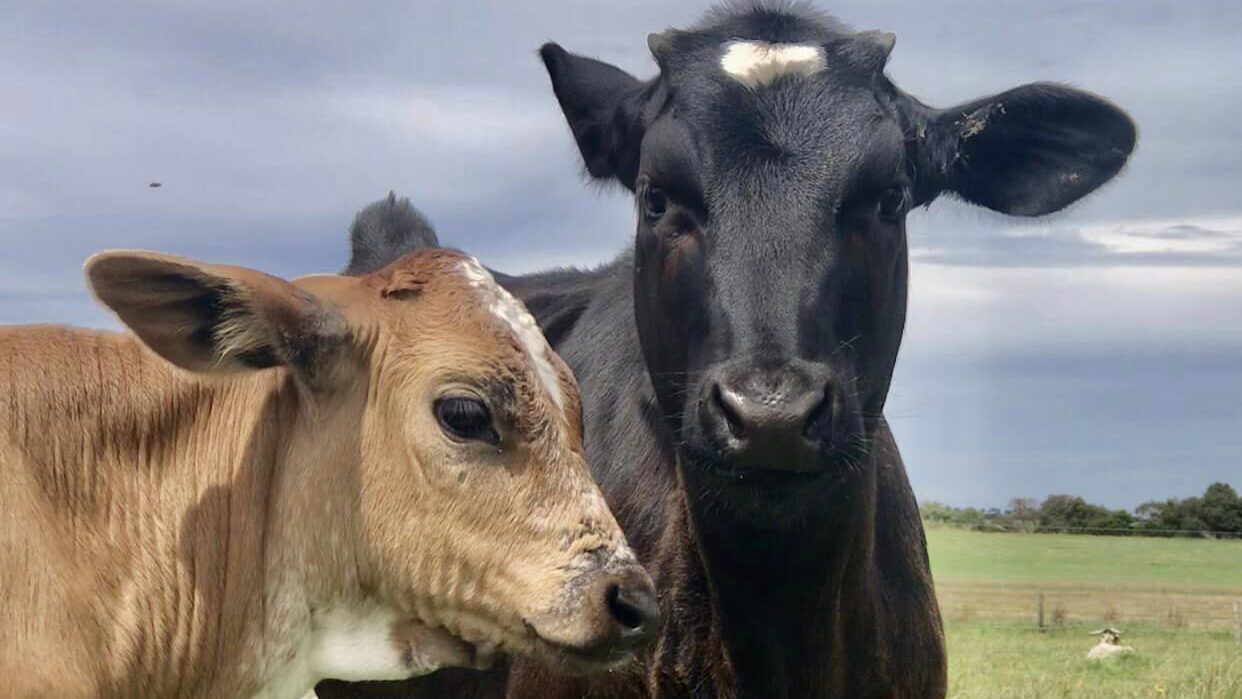When you think of a male cow, it’s common that you might imagine an image of a large, muscular bull. However, a bull is not the only male bovine out there. In this article, we’ll run you through the difference between two common types of male bovines – a bull and a steer.

While bulls and steers may belong to the same bovine family, they possess distinct traits that set them apart from each other.
Bulls are usually larger and more muscular than steers. This can be attributed to the fact that steers are castrated at a young age, which means they physically mature differently from bulls, which have not been castrated. Bulls can reproduce, while steers cannot.
The muscular build of a bull allows them to be easily spotted in a herd as they are significantly larger and bulkier than the other cows. In contrast, a steer is typically harder to spot within a herd as its body characteristics more closely resemble a female cow.
Physical traits aren’t the only thing that differentiates bulls and steers. Their behaviour is also quite distinct. Bulls tend to be more aggressive and short-tempered than steers. Due to a bull’s reproductive instincts, the presence of other bulls or humans may be perceived as a threat to their relations with the female cows in a herd. It is therefore natural for them to fight each other to establish dominance within a herd.
On the other hand, because steers have been castrated, they produce lower levels of testosterone than bulls. As a result, steers are less aggressive and more docile, making them easier to handle. Steers don’t reproduce, so they don’t need to fight other herd members for dominance.
You will notice a lot of the males available for adoption with ‘Til The Cows Come Home are steers. This is because when calves are rescued all the males are desexed in our care before they are rehomed. You can find out more about why we do this here.
Adopters may be worried about welcoming a male calf into their homes because they’re not ready to handle their large and muscular bodies. However, you don’t have to worry about this when adopting a steer, as they are more similar to female cows in terms of their physical and behavioural characteristics.
With the welfare of male calves, born on dairy farms a huge concern it’s crucial that we continue to grow our foster and adopter communities. By doing so, we can rehome as many of these sweet calves as possible.
We often have many beautiful calves and steers in our care waiting to find their forever homes. If you would like to find out more please check out our adoption page now.